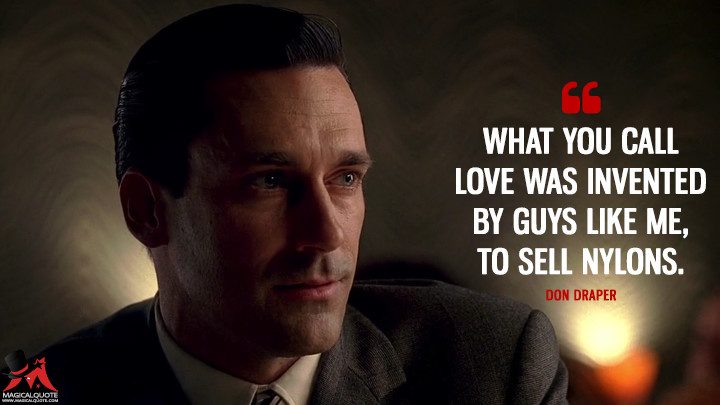The single-most valuable part of this class was reading and discussing the textbook, Likeable Social Media. Although much of the book is becoming obsolete, Kerpen excels when he explains how the Internet, including wireless mobile internet, have transforms the paradigm of business public relations from broadcasting favorable messages to the public to focusing on developing multi-lateral relations with small sections of the public, and sometimes intentionally targeting individuals.
The aspect of the class that I anticipated most was the material on Instagram. I am been familiar with Instagram for many years; however, I still do not understand how "IG" can be used most effectively for promotion. At any rate, "IG" frustrates me because the interface still does not allow uploading content from a personal computer, especially since I have both good camera equipment and photo editing software. I only use the camera on my phone for "utility photographs," usually to help remember something, and not in any creative ways. There needs to be a platform that combines the PC-friendliness of Flickr with the social media features of Instagram.
In future classes, I think the course (or new courses) should include the use of YouTube and other video platforms, as well as Patreon. YouTube, in particular, has developed an extensive range of methods for developing direct communications between video producers and their viewers. As a result, it is now possible for a video content creator to find an audience for very niche topics; one of my favorite producers, a English-speaking Austrian historian, has created a large series of video documentaries for history topics that are too specialized for even cable television, such as "Logistics of the German Army during the Invasion of Russia," or "How did the Roman Army fight battles?"
Not only does video present the opportunity to create content that is interesting in itself, it also allows businesses to directly show off their product to interested buyers. "Soundtraxx", for example, is a company that specializes in producing devices that allow model railroad locomotives to emit realistic sounds. A photograph does not do justice to their product: Video and sound allows Soundtraxx to show potential customers what their products can do, as well as how to install them, program them, and operate them. Here is just one example:
https://youtu.be/sUl4ZD8JYFo
The Soundtraxx website links to SoundCloud, which allows potential customers to listen to the actual sounds that their equipment produces.
Print advertising, historically the most important advertising method for model railroading companies, cannot match the value of video distribution for a company that produces sound units. However, video also allows companies to display the visual aspects of their products as well. About the only senses that video cannot display well are touch, taste, and smell; however, we all know how appetizing the mere sight of food is, so video cannot be discounted here as well.
This summer, I intend to focus on producing video on a variety of topics, including California history and current events, to boost CALM-PAC and related organizations. I hope that this helps bring attention to my research and eventually advances my career; perhaps I will be offered a professorship someday. In Fall 2020, I will take only one class, and it will be on 2D Animation, because I want to be able to make maps to illustrate my videos, which I do not know how to do efficiently now.







